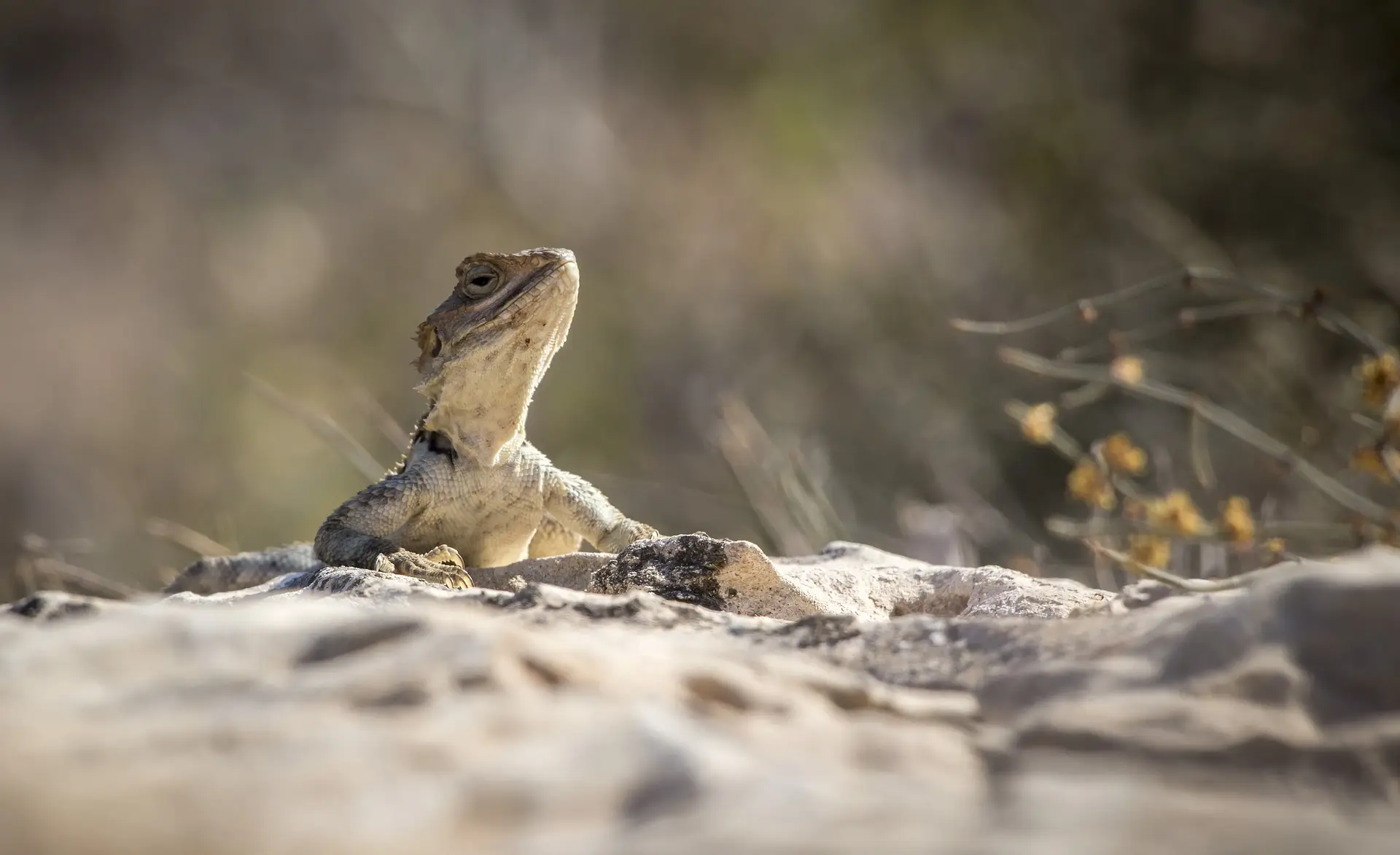The Agama Lizard refers to several species of lizards in the Agamidae family, which is native to Africa, Asia, and parts of Europe. Here are some general characteristics of Agama lizards:
- Appearance: Agama lizards vary greatly in appearance depending on the species and their geographic location. However, they typically have slender bodies, long tails, and relatively long limbs. Many species exhibit bright and colorful markings, especially the males during the breeding season, which can include shades of blue, red, orange, yellow, and green.
- Habitat: Agama lizards are found in a wide range of habitats, including deserts, savannas, grasslands, rocky areas, and scrublands. They are often associated with dry and arid environments but can also inhabit more humid regions.
- Diet: Agama lizards are primarily insectivorous, feeding on a variety of insects such as ants, beetles, grasshoppers, and termites. Some larger species may also consume small vertebrates, including other lizards and small mammals.
- Behavior: Agama lizards are diurnal, meaning they are active during the day. They are often seen basking in the sun to regulate their body temperature. Many species are territorial, especially the males, which defend their territories from rivals during the breeding season.
- Reproduction: Agama lizards typically reproduce sexually, with males engaging in elaborate courtship displays to attract females. Mating usually occurs during the warmer months, and females lay clutches of eggs in nests dug into the ground. The eggs hatch after an incubation period, and the young lizards emerge as fully formed juveniles.
- Conservation: Many species of Agama lizards are not considered threatened and are relatively common in their native habitats. However, habitat loss, fragmentation, and human activities such as agriculture and urbanization may pose threats to some populations.
Overall, Agama lizards are fascinating reptiles with diverse adaptations and behaviors. Their colorful appearance and active lifestyle make them popular subjects for wildlife enthusiasts and photographers.
Visited 906 times, 2 visit(s) today
Views: 1370
Subscribe to the newsletter:
